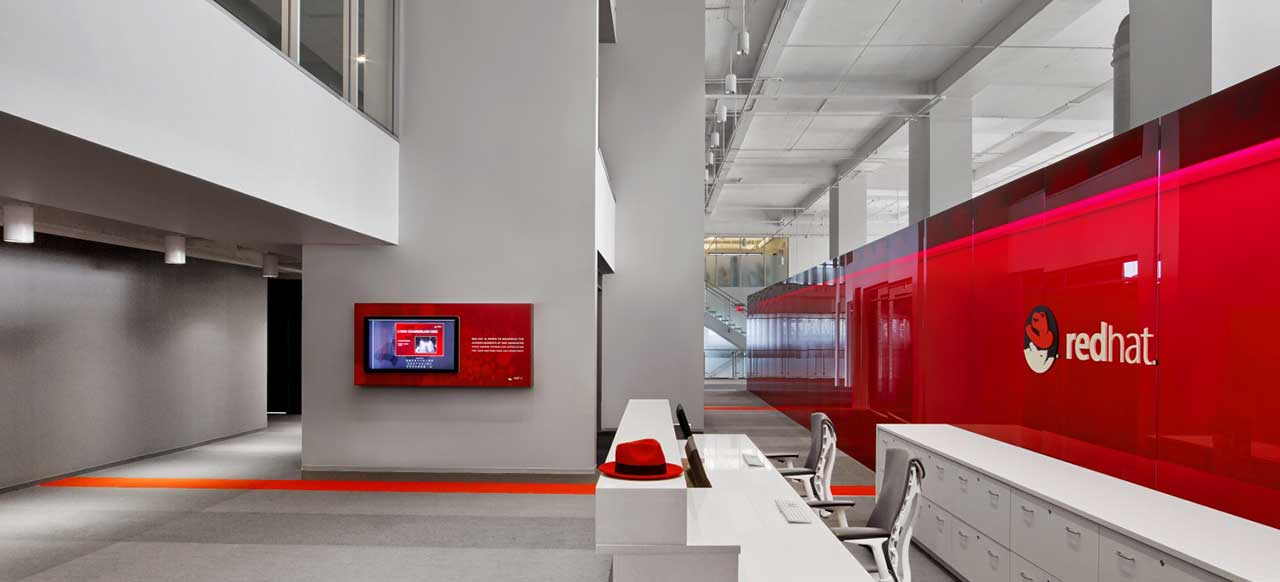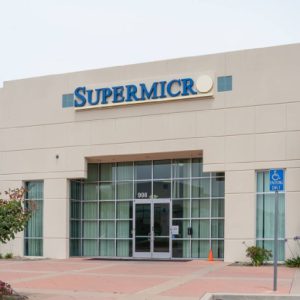
Since its inception, Linux has been steadily growing in popularity in the corporate world, driven by IT managers and developers looking to address specific issues with flexible, open source solutions, writes Martin Percival, Senior Solution Architect, Red Hat. From its humble beginnings in enterprise IT, it is now at the centre of many of today’s enterprise technology environments.
From the early 2000s, the growth of enterprise Linux has been nothing short of incredible. It’s fair to say that it’s at the heart of today’s global technology driven economy, having been embraced by companies including Amazon, Google, Netflix, Facebook, Twitter and many others. It powers many of the technology services we use everyday and it continues to grow in popularity.

Linux has achieved its popularity because of its flexibility and agility, speed, cost-effectiveness, scalability and security. It’s also ideally suited to DevOps and container environments, placing it at the centre of the most important technology industry developments today. The continued growth of multi-cloud environments in particular is a key driver in the growth of enterprise Linux.
A 2017 IDC report, Worldwide Server Operating Environments, examined the uptake of enterprise Linux, finding that both paid and non-paid Linux combined more than double the share of other operating systems in 2017. It also found that Red Hat Enterprise Linux adoption grew by nearly 20 percent in the same period. Linux has firmly established itself as a preferred delivery vehicle for modern enterprise applications and is now an essential capability in the standard tool kit of enterprise IT and developers.
Enterprise IT is evolving at a pace faster today than at any other point in history. This reality necessitates a common foundation that can span every footprint, from the datacenter to multiple public clouds, enabling organisations to meet every workload requirement and deliver any app, everywhere.
To meet this need, in November this year, Red Hat announced the release of Red Hat Enterprise Linux 8 Beta. This marks our most significant product release since Red Hat Enterprise Linux 7 was launched in 2014 and it offers a Linux foundation to power the innovations that can extend and transform business IT well into the future.
We worked to deliver a shared foundation for both the emerging and current worlds of enterprise IT. Our aim is to help fuel digital transformation strategies across the hybrid cloud, where organisations use innovations like Linux containers and Kubernetes to deliver differentiated products and services. At the same time, we’re enabling IT teams to optimise and extract added value from existing technology investments, helping to bridge demands for innovation with stability and productivity.

In the four years since Red Hat Enterprise Linux 7 redefined the operating system, the IT world has changed dramatically. Executives tasked with driving transformation have to balance funding innovation initiatives with keeping the lights on. Maintaining existing infrastructure is necessary but when much of the budget is used to maintain the status quo, transformation efforts slow down to a crawl.
Ensuring it meets the need of today’s enterprise users, Red Hat Enterprise Linux 8 Beta features hundreds of improvements and dozens of new features, several key capabilities are designed to help the platform drive digital transformation and fuel hybrid cloud adoption without disrupting existing production systems.
Since Red Hat Enterprise Linux 8 Beta was released, it’s been undergoing rigorous testing from existing customers and developers. In true open source community spirit and practice, our customers have played an important part in the development of the product. We’re inviting existing customers and subscribers to test Red Hat Enterprise Linux 8 Beta for themselves to see how they can deploy applications with more flexibility, more confidence and more control. Developers can also see the future of the world’s leading enterprise Linux platform through the Red Hat Developer Program.
We’re excited to see where our partners and customers take Red Hat Enterprise Linux 8 during the Beta period and beyond.
See also: Now IBM’s Bought Red Hat, Who Does Google Buy?






